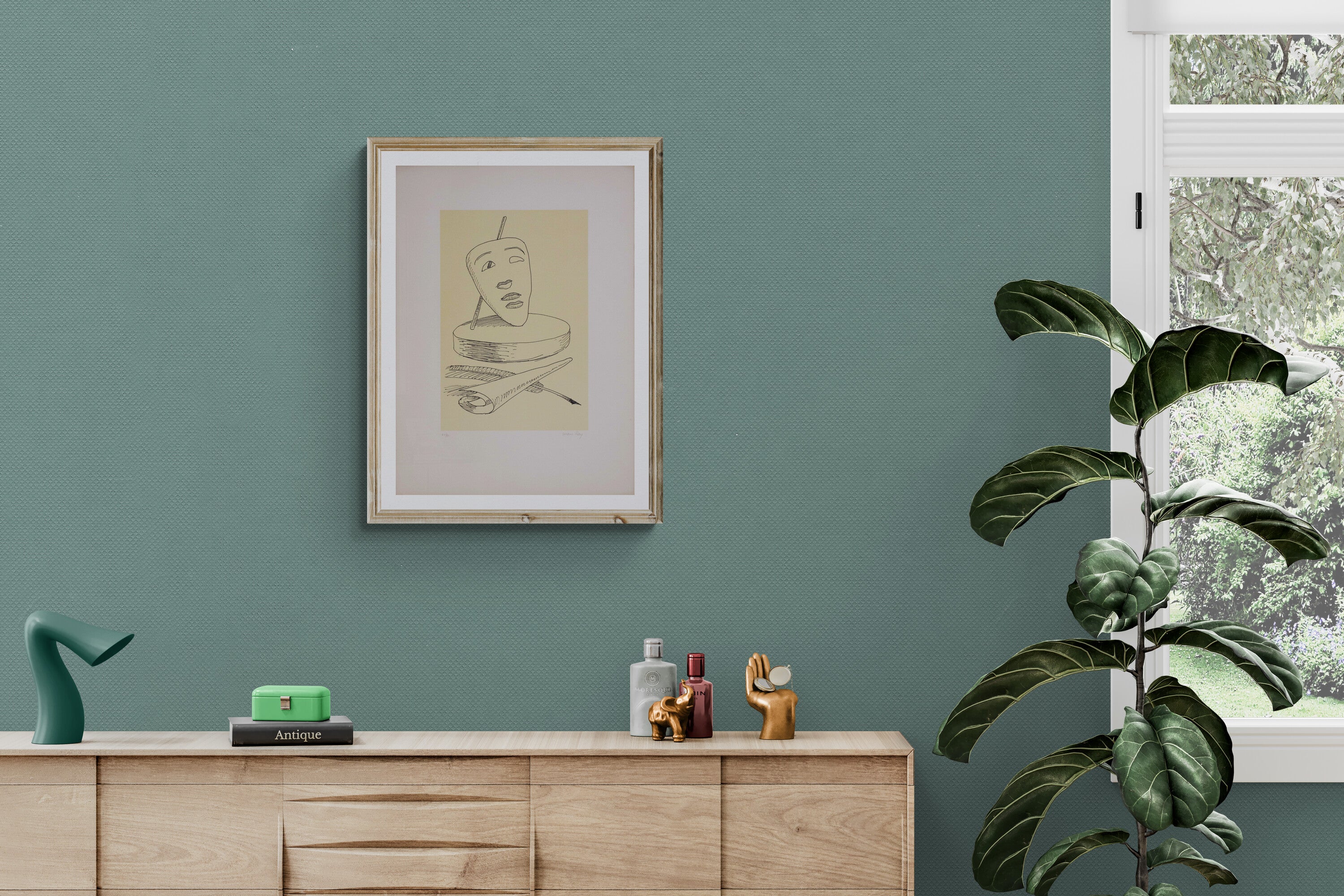Renato Guttuso biography

Renato Guttuso was a well-known Italian painter, born on December 26, 1911, in Bagheria and died on January 18, 1987, in Rome. From a young age, he showed a great aptitude for painting, influenced by his father, Gioacchino, a surveyor and amateur watercolorist, as well as by attending the studio of the painter Domenico Quattrociocchi and the workshop of the cart painter Emilio Murdolo. From the age of thirteen, he began signing and dating his paintings, mainly producing copies of works by 19th-century Sicilian painters and French artists like Millet, but also original paintings, including portraits.
During adolescence, Renato Guttuso attended the studio of the futurist painter Pippo Rizzo and the artistic circles of Palermo. In 1928, at only seventeen years old, he participated in his first group exhibition in Palermo. His art is linked to expressionism and is characterized by strong social commitment, which later led him to political experience as a senator of the Italian Communist Party for two legislatures, during Enrico Berlinguer's secretaryship.
Throughout his career, the painter explored various European figurative currents, including expressionism, social realism, and neorealism. Sicilian motifs, such as lemon groves and Saracen olive trees, became increasingly present in his works.
In 1935 he moved to Milan for military service and here came into contact with prominent artists such as Giacomo Manzù, Renato Birolli, Lucio Fontana and Antonio Banfi. However, it was in Rome that Renato Guttuso found his most significant artistic and political dimension. In 1937 he moved permanently to the capital and became part of the anti-1920s Roman artistic environment, forging friendships with important figures such as Mario Mafai, Antonietta Raphaël, Marino Mazzacurati and Corrado Cagli.
It was during this period that the artistic movement Corrente was formed, which he joined. In the following years, Renato Guttuso continued to paint and exhibit his works in various national and international exhibitions. In 1940 he painted The Crucifixion, a painting that brought him great fame but also sparked controversy due to its political content.
During World War II, he continued to work, painting still lifes, landscapes, and creating a series of drawings entitled Massacres, which denounced Nazi repression. In the 1950s, Renato Guttuso deepened social themes in his painting, portraying peasants, workers, and demonstrations for the occupation of uncultivated lands. In 1956 he painted Carretti a Bagheria and The Beach, works that represent the highest expression of his social realism.
Renato Guttuso also participates in several national and international exhibitions, receiving recognition and awards for his artistic production. In addition to his artistic career, he is actively involved in political life as a member of the Italian Communist Party. He was elected to the Senate of the Republic in 1976 and confirmed in the subsequent elections in 1979. During his life, he donated numerous works to his hometown, Bagheria, which are preserved in the Villa Cattolica museum.
Renato Guttuso is considered one of the most important Italian painters of the 20th century. His art, characterized by an expressionist style and a strong social commitment, has left a lasting mark on the Italian and international artistic scene. His works are exhibited in numerous museums and private collections around the world, testifying to his artistic greatness and his contribution to art history.



